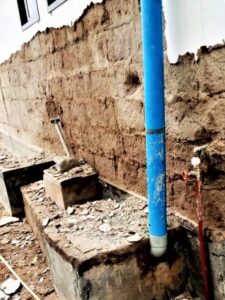
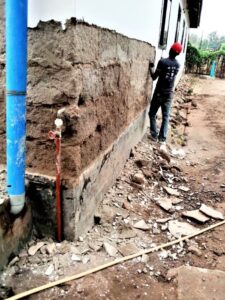
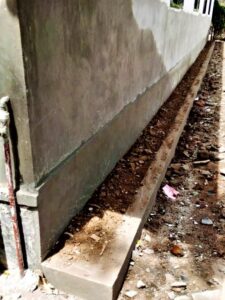
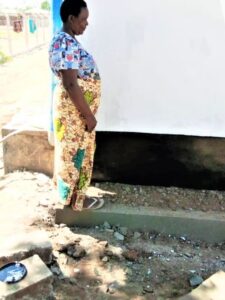 Everyone loves before and after pictures. Even better are before, during and after.
Everyone loves before and after pictures. Even better are before, during and after.


 Everyone loves before and after pictures. Even better are before, during and after.
Everyone loves before and after pictures. Even better are before, during and after.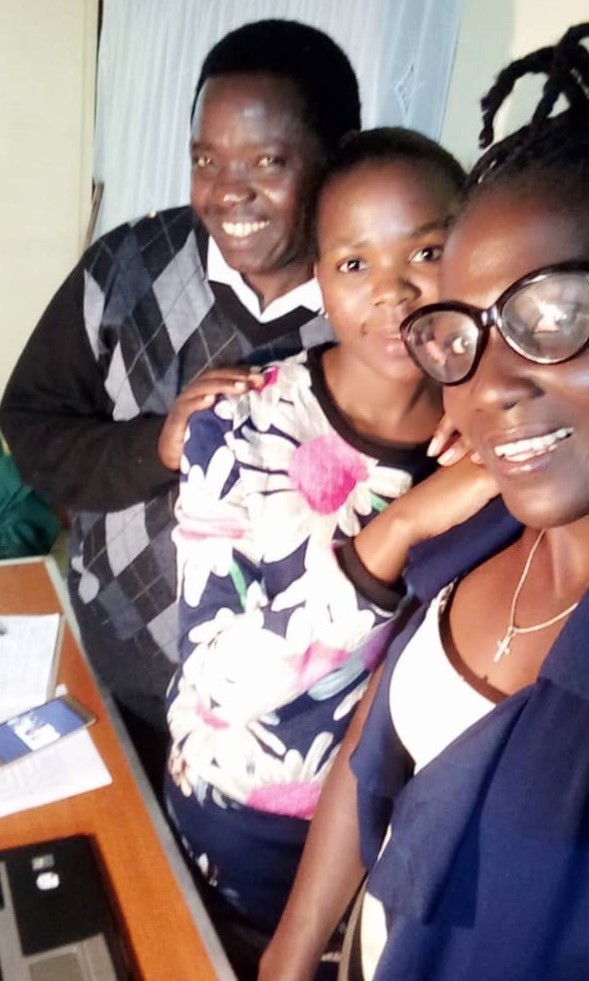 It is not only the US that has been gripped with election fever. Tanzania went to the polls on 28th October, when the incumbent president, John Pombe Magafuli, was re-elected with a landslide victory, gaining 84% of the vote. There were claims of voting irregularities and international bodies critical of the election. Nevertheless, Dr Magafuli has been sworn-in for his second term. The Chama Cha Mapinduzi (CCM) Party of the Revolution has won the five previous elections and is the second-longest ruling party in Africa. They have effectively been in charge since independence in 1961.
It is not only the US that has been gripped with election fever. Tanzania went to the polls on 28th October, when the incumbent president, John Pombe Magafuli, was re-elected with a landslide victory, gaining 84% of the vote. There were claims of voting irregularities and international bodies critical of the election. Nevertheless, Dr Magafuli has been sworn-in for his second term. The Chama Cha Mapinduzi (CCM) Party of the Revolution has won the five previous elections and is the second-longest ruling party in Africa. They have effectively been in charge since independence in 1961.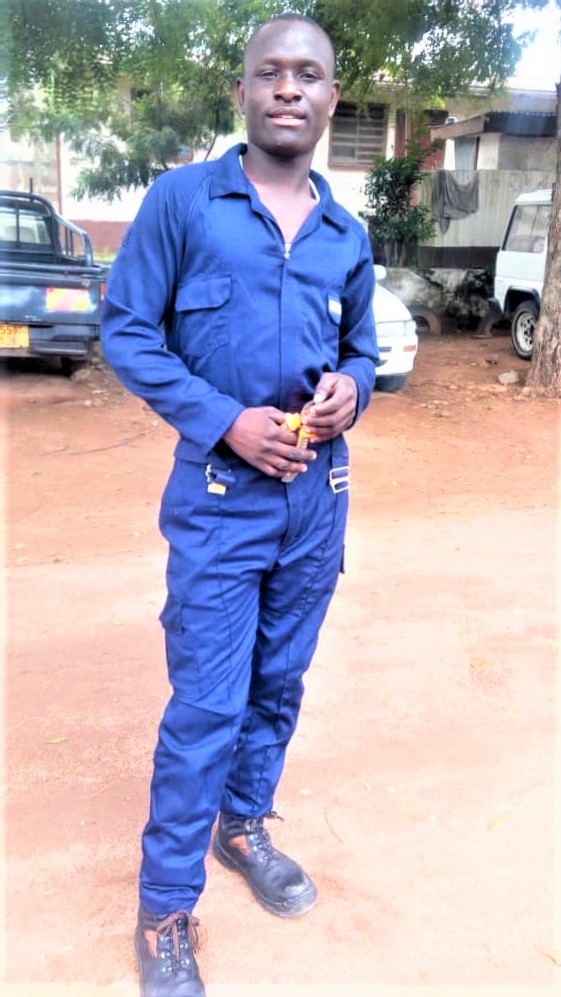 All colleges and schools in Tanzania were closed for about 3 to 4 months from late February.
All colleges and schools in Tanzania were closed for about 3 to 4 months from late February.
For our two first year students at Nyakato College, Malesa and Jeremiah, this meant that alternative accommodation had to be found. We decided it was safer to return them to Mayega village rather than seek rooms in the city, where exposure to Corona was more prevalent. We could not accommodate the boys at the Children’s Centre, as they were too old to be there. Places were found with local people known to Centre staff.
Having effectively missed a full term at college, we were concerned how Malesa and Jeremiah would settle down and make up the lost time. Their response, and that of the college has been excellent. On reopening, the college increased the teaching week to 6 days, altered the timetable to add another 2 hours to each day and shortened college holidays. The students are following national vocational courses and preparing for set examination dates.
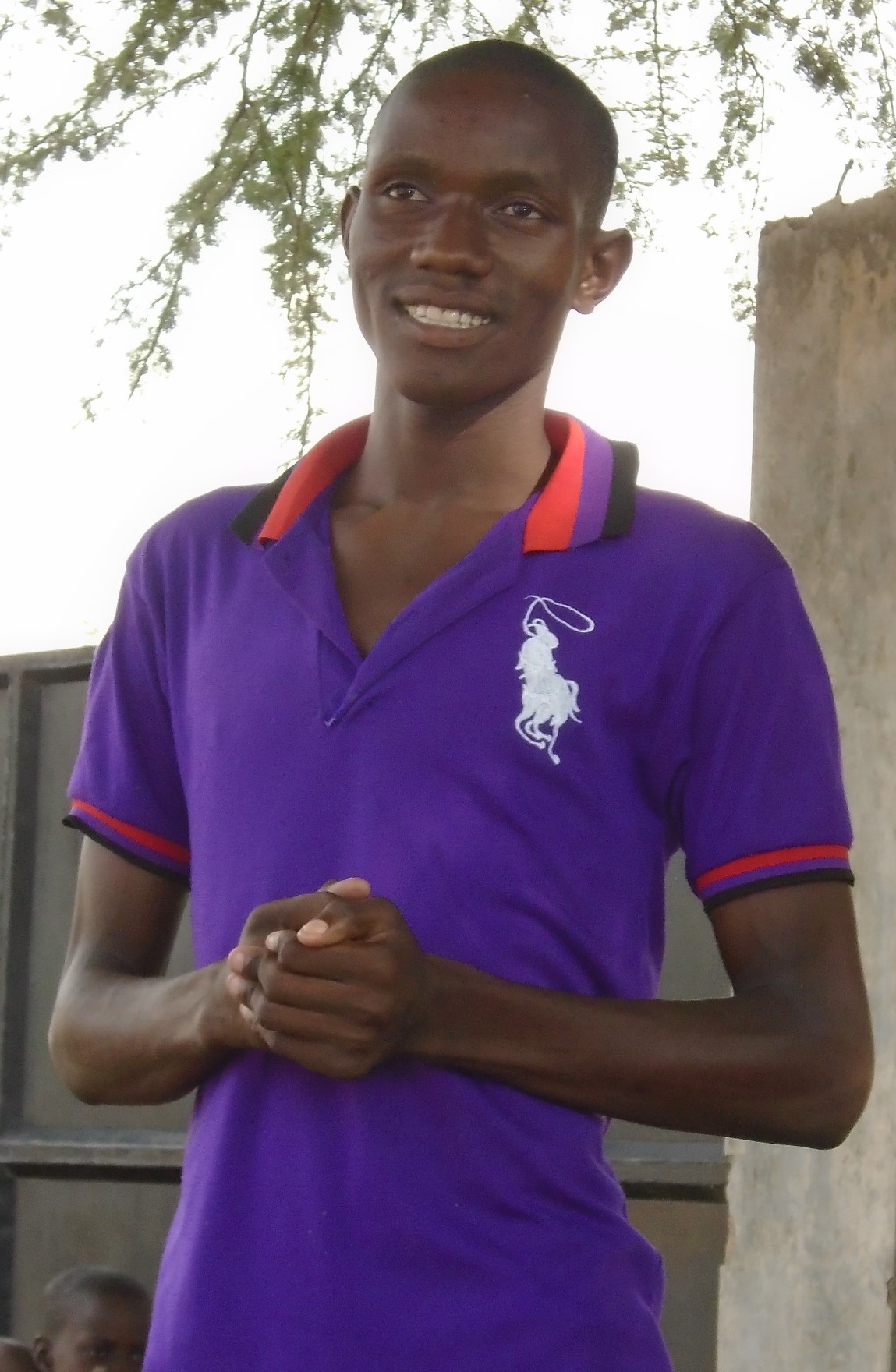 Malesa is studying welding and Jeremiah electrical installation and both are doing well. Malesa would like to find employment in the Mwanza boat yards, building and maintaining vessels. Jeremiah’s hope is to find suitable electrical work as the electricity supply is expanding into Tanzania’s rural areas.
Malesa is studying welding and Jeremiah electrical installation and both are doing well. Malesa would like to find employment in the Mwanza boat yards, building and maintaining vessels. Jeremiah’s hope is to find suitable electrical work as the electricity supply is expanding into Tanzania’s rural areas.
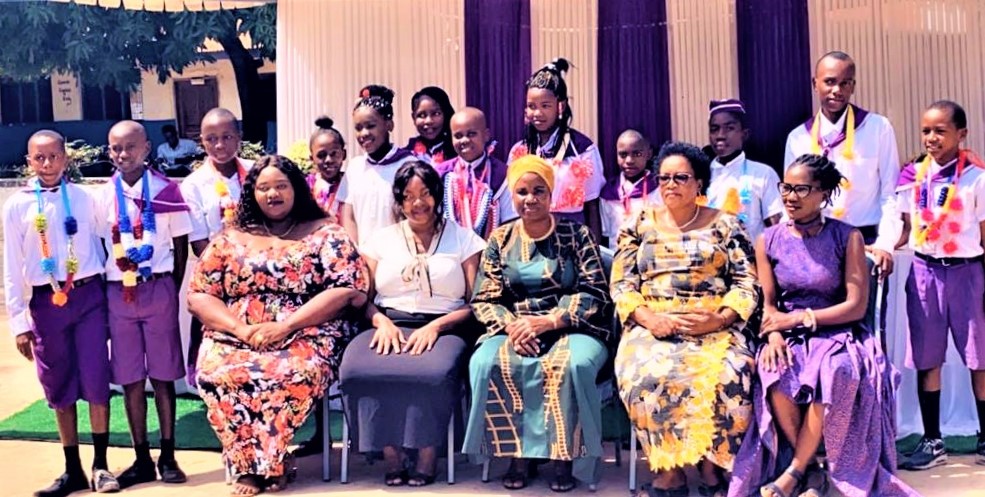
Susie arrived at Mayega Children’s Centre a couple of years ago with no real sight and had never been to school. She has travelled from Mayega to the Kilimanjaro Medical Centre (KCMC) in Moshi on five occasions and has had multiple eye operations. The round trip by bus each time is over 1,000 miles. She is a very positive girl.
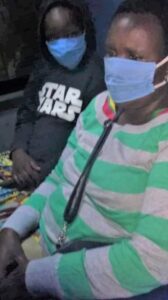 Susie’s trust in the Children’s Centre and hospital staff is remarkable. Her rock through all the KCMC travails has been the Centre’s matron, Leya Lusana. Leya’s commitment to Susie is total. The photo shows them on the bus in Mwanza in the early morning, about to depart for Moshi.
Susie’s trust in the Children’s Centre and hospital staff is remarkable. Her rock through all the KCMC travails has been the Centre’s matron, Leya Lusana. Leya’s commitment to Susie is total. The photo shows them on the bus in Mwanza in the early morning, about to depart for Moshi.
On this last trip aids were provided to assist Susie at school. The telescope is to help see the blackboard and the magnifying glass for close-up work.
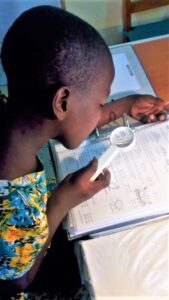
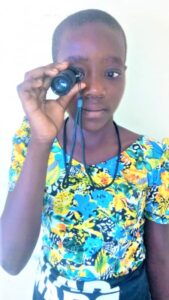 Susie’s story has generated a lot of support, including a concert to raise funds and individual donations. Her bravery and spirit inspires people. The annual review at KCMC is already in the diary. Leya and Susie will set off for Moshi again next October. The care she receives through Busega Scotland gives a vulnerable child hope for the future and we will be there every step of the way.
Susie’s story has generated a lot of support, including a concert to raise funds and individual donations. Her bravery and spirit inspires people. The annual review at KCMC is already in the diary. Leya and Susie will set off for Moshi again next October. The care she receives through Busega Scotland gives a vulnerable child hope for the future and we will be there every step of the way.
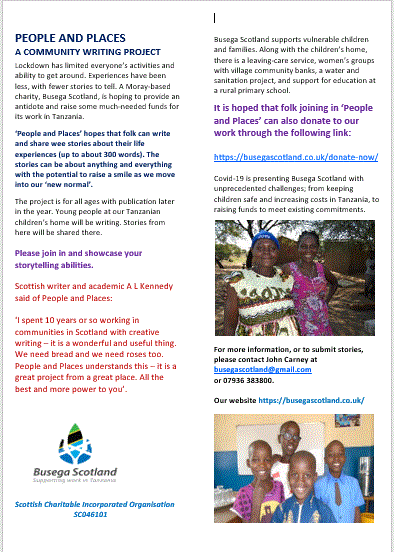
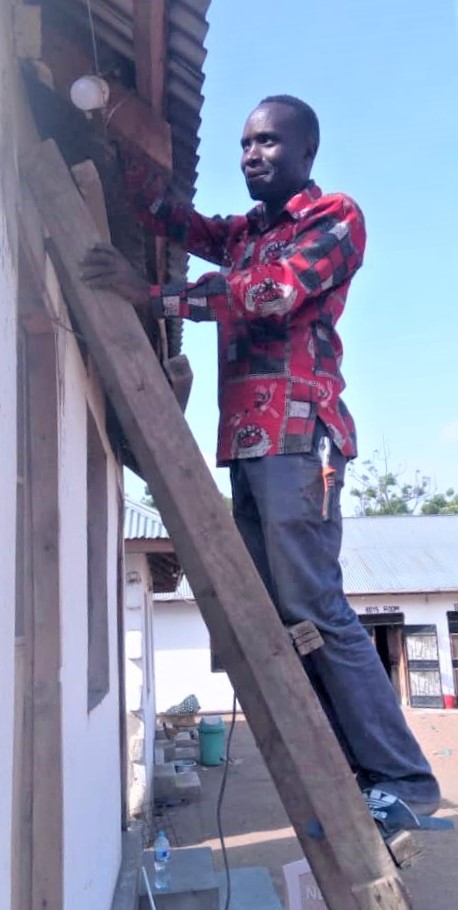 We now have a piped water supply, toilets and showers and solar power. The three buildings are ready for mains electricity and fundi meme (electrician) Richard has finished preparation for connection. One snag. The electrical supply organisation TANESCO has a shortage of meters and can’t connect until we are allocated one. We have to be patient.
We now have a piped water supply, toilets and showers and solar power. The three buildings are ready for mains electricity and fundi meme (electrician) Richard has finished preparation for connection. One snag. The electrical supply organisation TANESCO has a shortage of meters and can’t connect until we are allocated one. We have to be patient.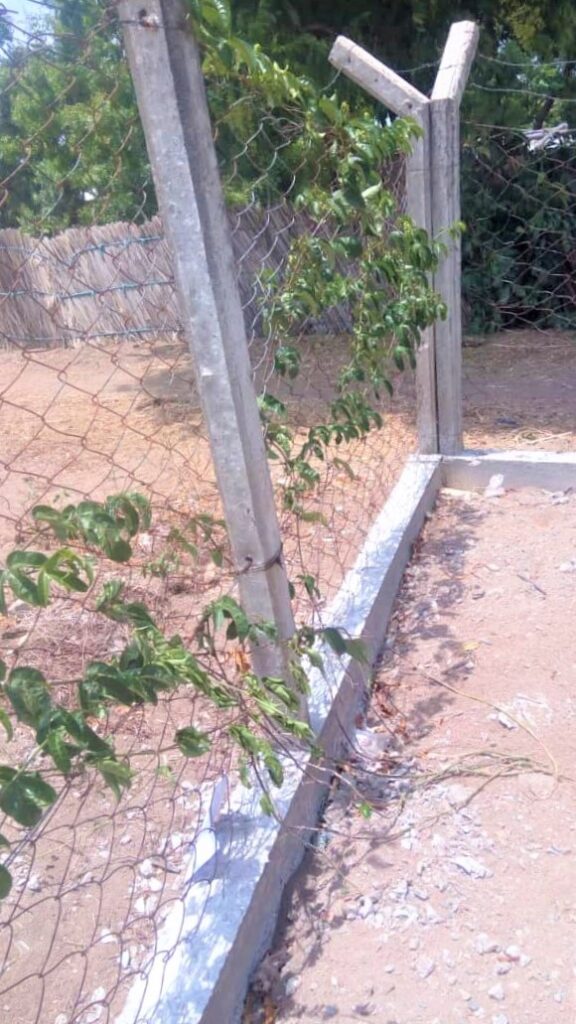
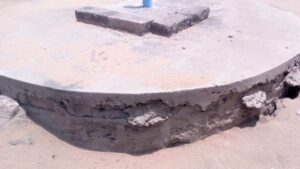
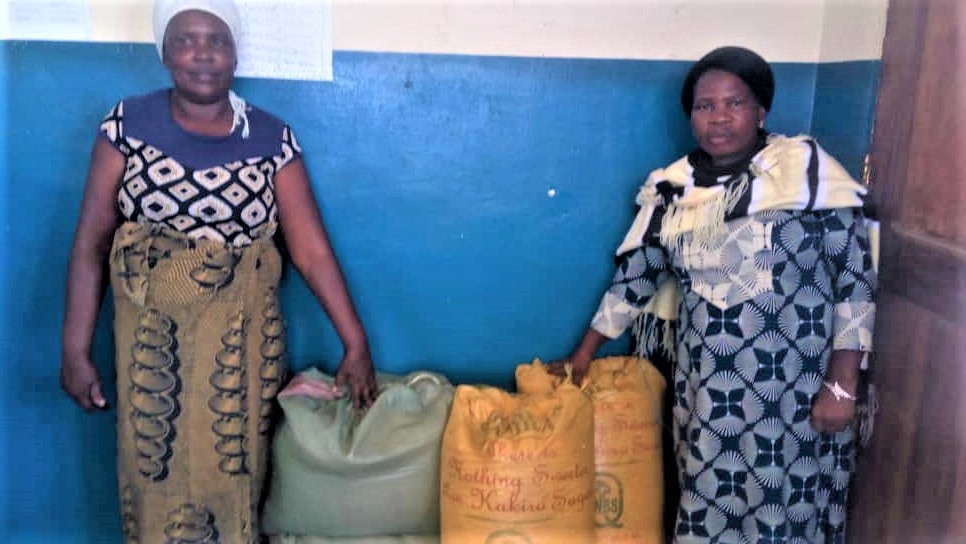
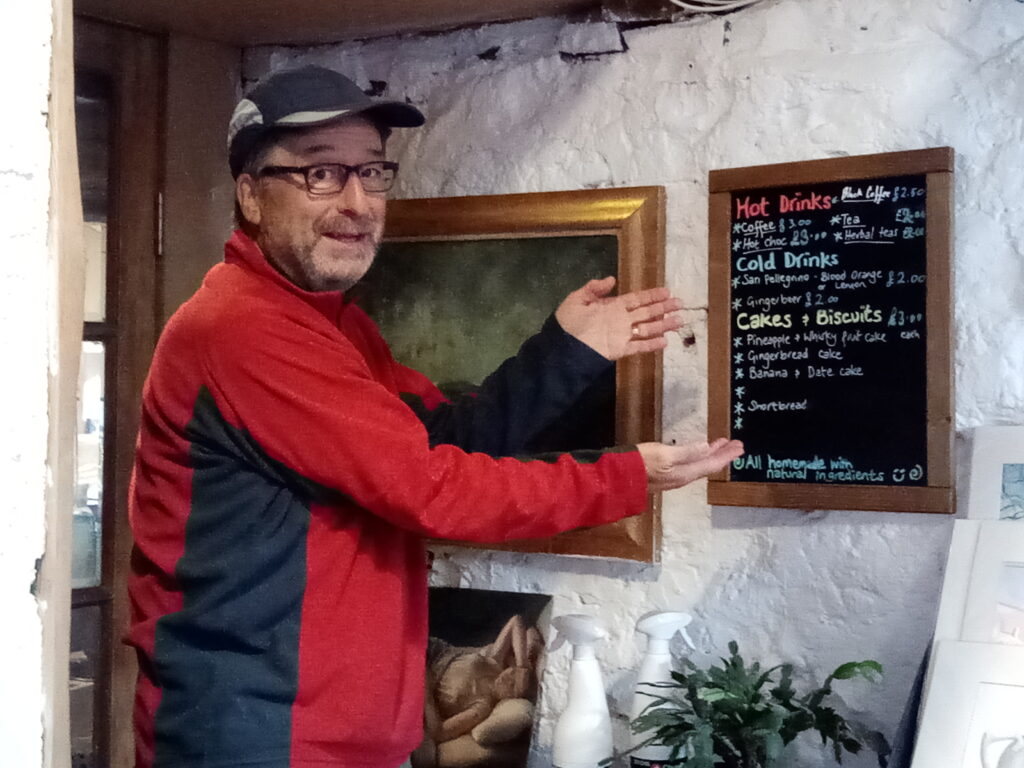 Cenzo and John were guinea pigs for their newest culinary creation, ‘the energy ball’.
Cenzo and John were guinea pigs for their newest culinary creation, ‘the energy ball’.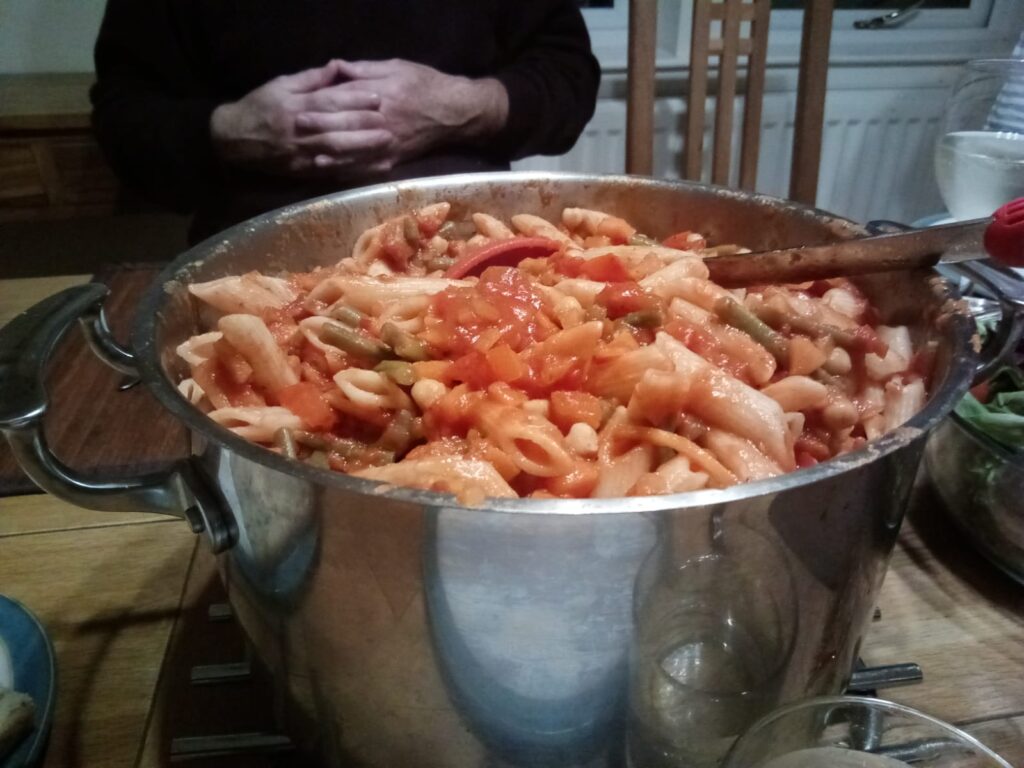
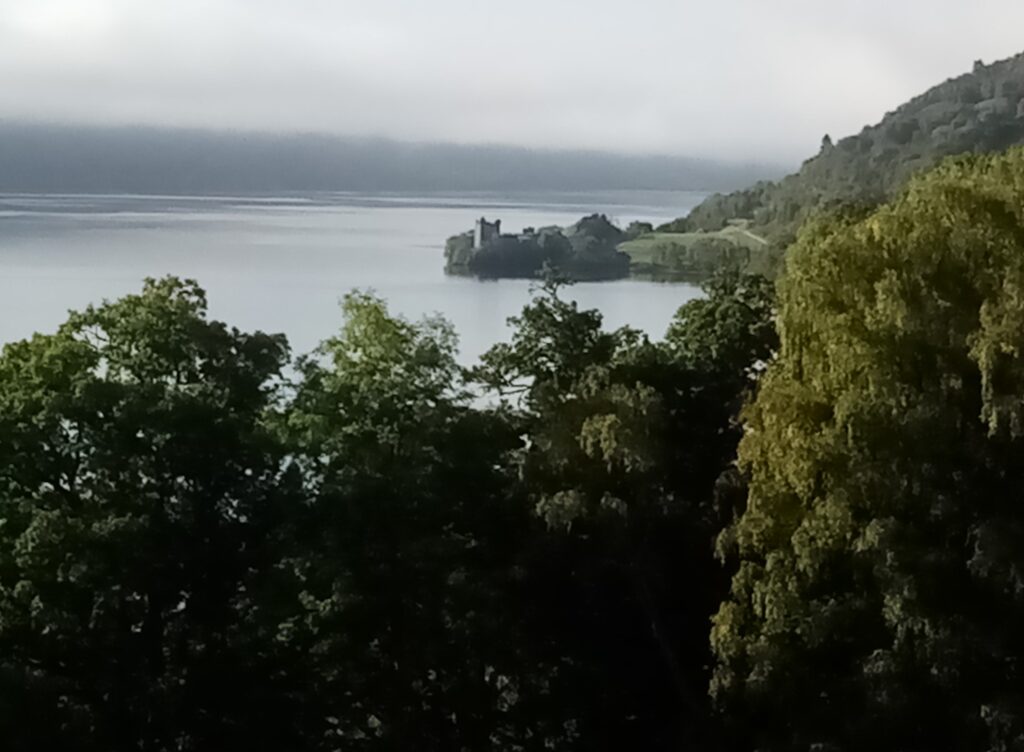
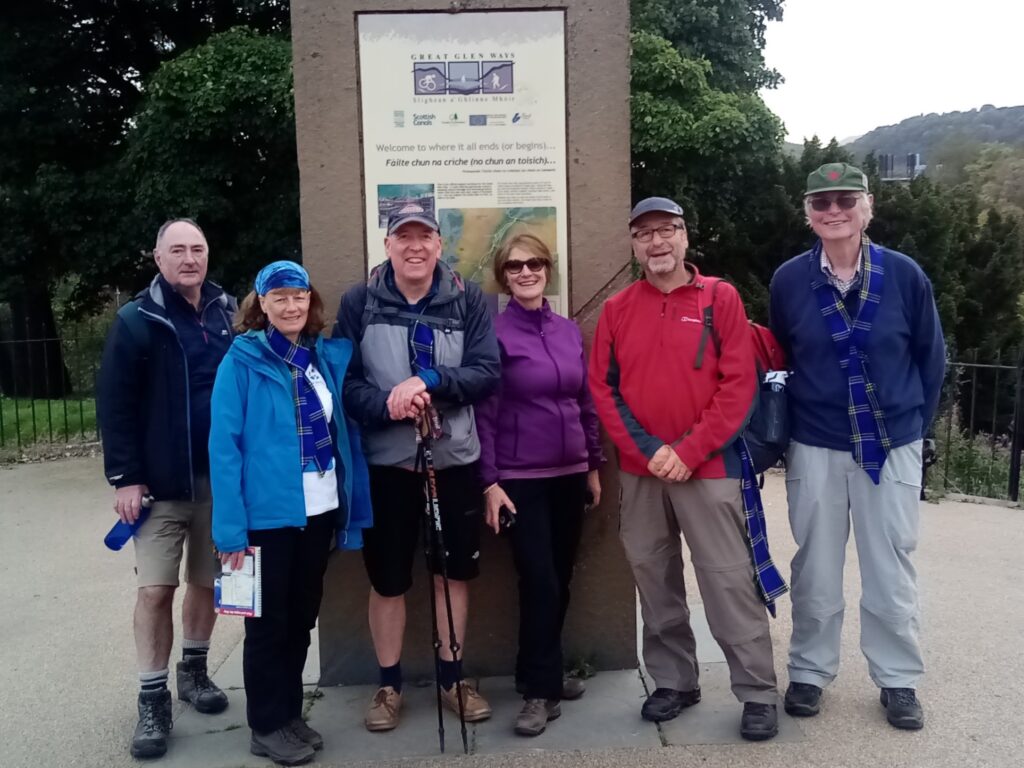
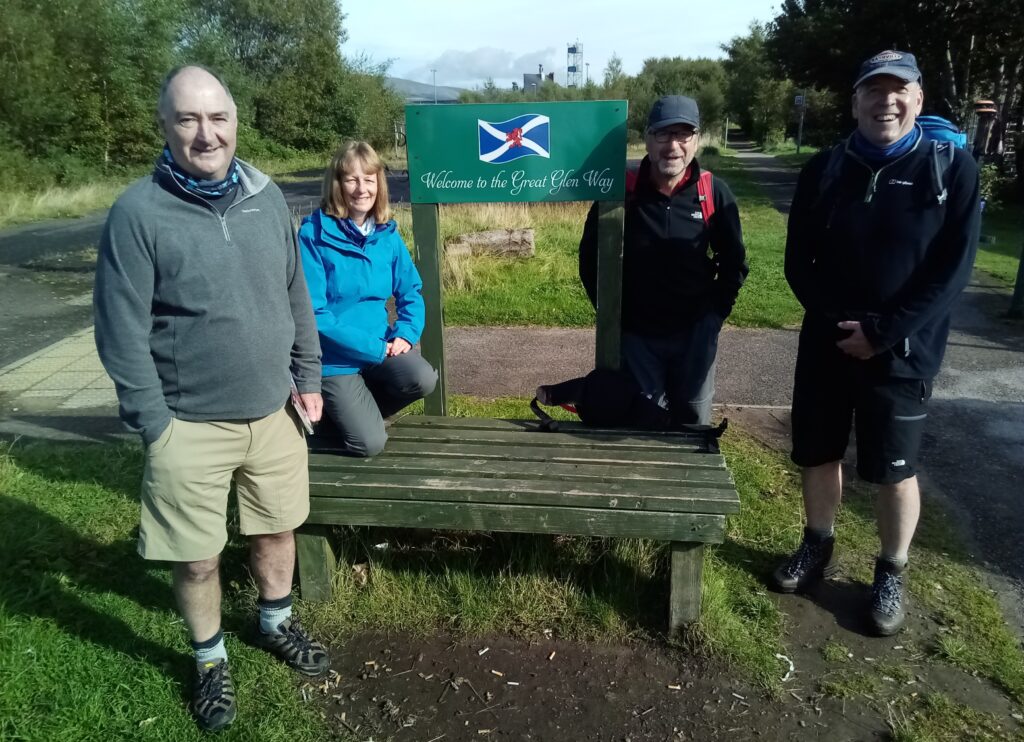
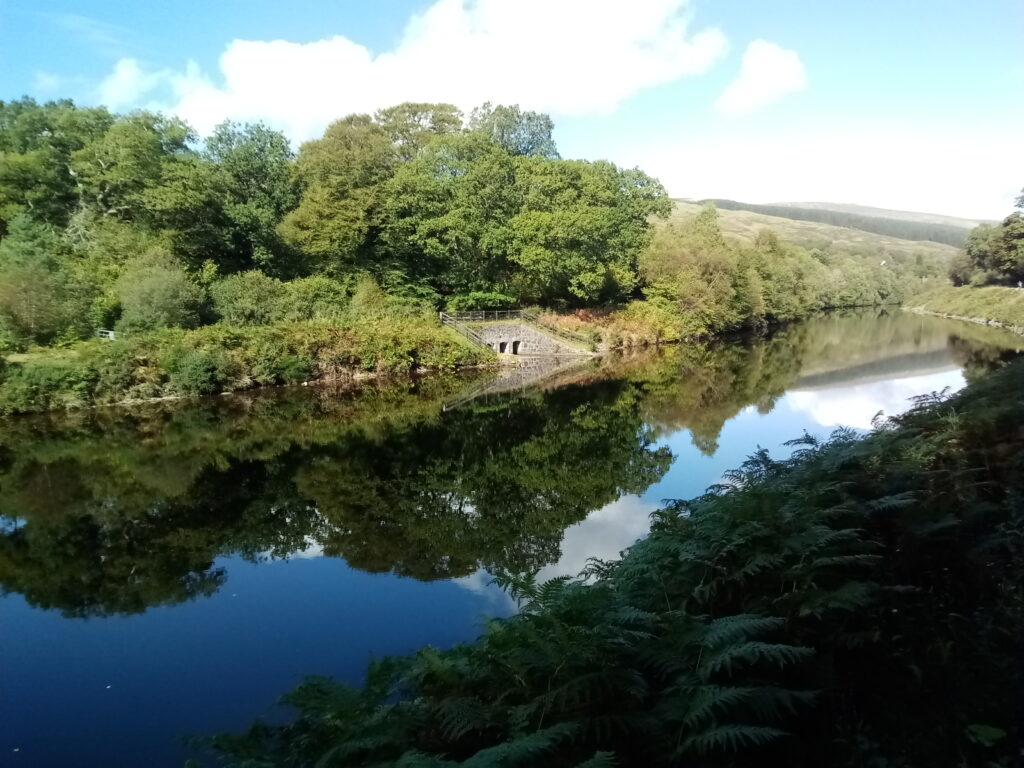 It cuts a swathe across the north highlands, along Loch Lochy, Loch Oich and the iconic Loch Ness. For the first three days it is a relatively gentle walk but the last two days are tougher.
It cuts a swathe across the north highlands, along Loch Lochy, Loch Oich and the iconic Loch Ness. For the first three days it is a relatively gentle walk but the last two days are tougher.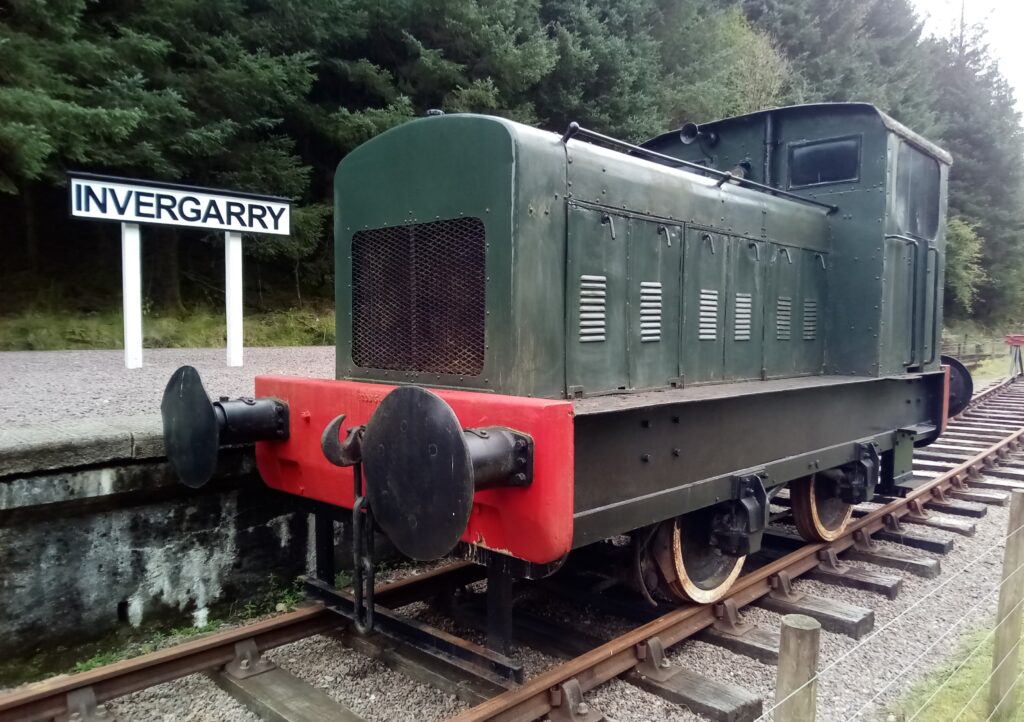 John forgetting his car keys (and Maura graciously going back for them), Mark’s first day blister and Cenzo frantically looking for a way of making ‘proper coffee’ at the Fort Augustus guest house (thankfully, he was successful).
John forgetting his car keys (and Maura graciously going back for them), Mark’s first day blister and Cenzo frantically looking for a way of making ‘proper coffee’ at the Fort Augustus guest house (thankfully, he was successful).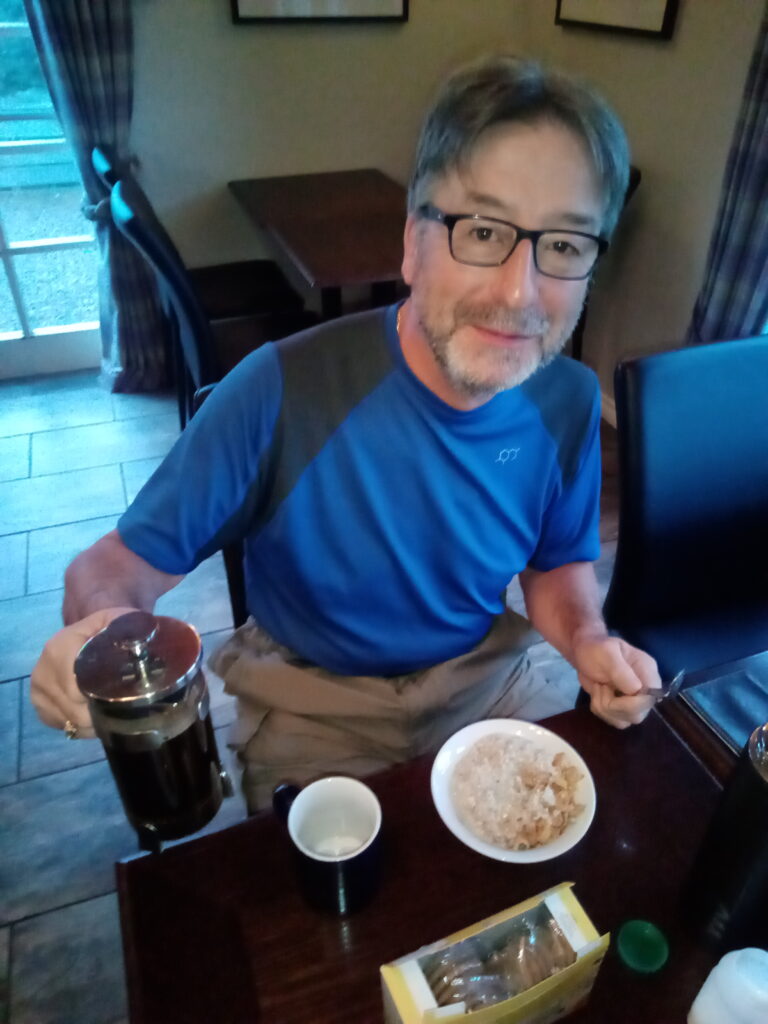 Anne and Maura made serene progress and Andy was the willing ‘pack horse’.
Anne and Maura made serene progress and Andy was the willing ‘pack horse’.